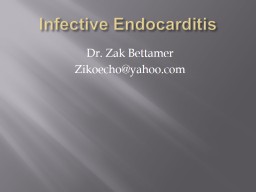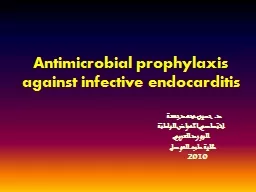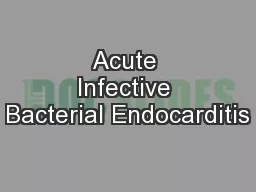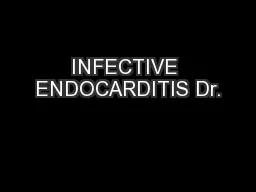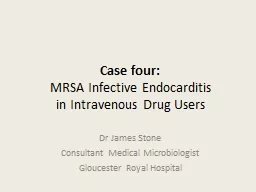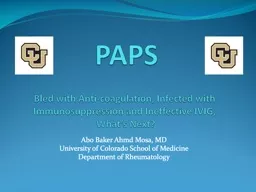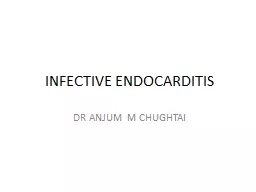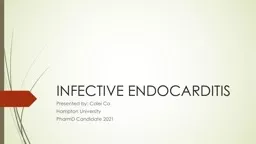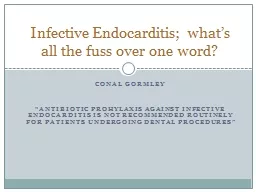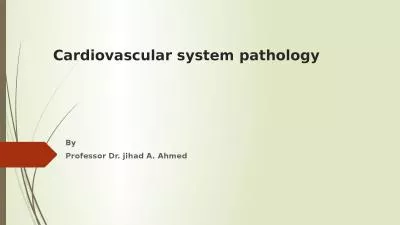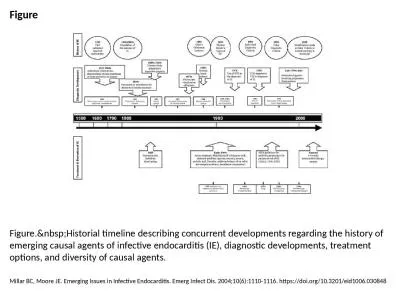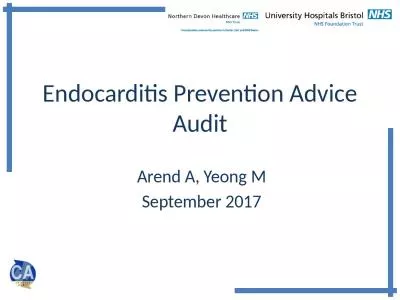PPT-Infective Endocarditis Dr. Zak
Author : finley | Published Date : 2024-03-13
Bettamer Zikoechoyahoocom Case 22 years old female patient with previous history of infected endocarditis before and recent dental procedure admitted to the hospital
Presentation Embed Code
Download Presentation
Download Presentation The PPT/PDF document "Infective Endocarditis Dr. Zak" is the property of its rightful owner. Permission is granted to download and print the materials on this website for personal, non-commercial use only, and to display it on your personal computer provided you do not modify the materials and that you retain all copyright notices contained in the materials. By downloading content from our website, you accept the terms of this agreement.
Infective Endocarditis Dr. Zak: Transcript
Download Rules Of Document
"Infective Endocarditis Dr. Zak"The content belongs to its owner. You may download and print it for personal use, without modification, and keep all copyright notices. By downloading, you agree to these terms.
Related Documents

